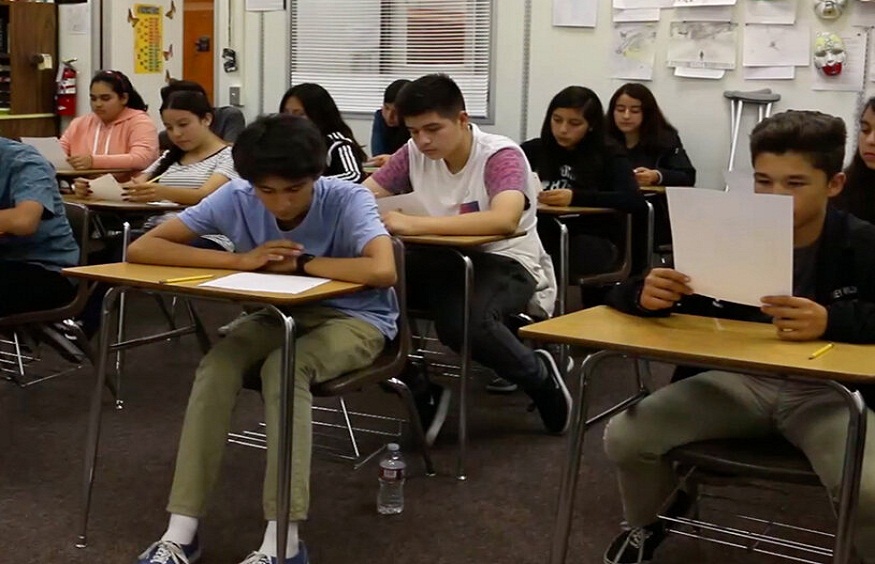
Leadership turnover in educational institutions can create significant disruptions, affecting not only the leadership team but the entire school community. Changes in leadership positions, particularly among principals and superintendents, introduce instability and undermine the continuity of educational initiatives. In this article, we will explore the impact of leadership turnover on school stability and discuss ways schools can mitigate its effects.
Continuity is critical in the educational environment. Stable leadership helps schools maintain a steady course in terms of both academic and extracurricular programming. When school leaders change frequently, especially mid-year, it disrupts the ongoing efforts to meet educational goals. This lack of stability can lead to confusion, delays, and setbacks in long-term projects, ultimately affecting student outcomes and school performance.
The financial burden of leadership turnover is another concern. Recruiting and training new leaders consumes valuable resources, diverting funds from essential services like student support programs. Additionally, when experienced leaders depart, schools lose important institutional knowledge that helps maintain smooth operations. This knowledge gap can create difficulties for the school in continuing its progress, especially when new leaders need time to get up to speed.
Staff burnout is a common side effect of leadership turnover. Existing staff members are often tasked with additional responsibilities during the transition period, which can lead to stress and fatigue. This added pressure can affect staff morale and productivity, further complicating the school’s ability to function smoothly.
Moreover, the reputation of a school can suffer if leadership turnover is frequent. Schools with a history of leadership changes may be perceived as unstable or poorly managed. This negative image can deter prospective staff and families from considering the school, limiting its ability to attract top talent and maintain enrollment.
To address the issues created by leadership turnover, schools can adopt several proactive strategies. Offering competitive compensation packages can help attract and retain experienced leaders, reducing turnover rates. Encouraging a healthy work-life balance for school leaders can also support retention efforts and prevent burnout.
Strengthening governance structures within the school is another important step. A well-established board provides stability and ensures that transitions are managed smoothly. Schools may also benefit from external consulting and executive coaching services to guide leaders through transitions and foster stronger leadership teams.
With these strategies in place, schools can better manage leadership turnover and create a more stable environment for staff and students. For further details on how to address leadership turnover, please refer to the accompanying resource, courtesy of IndySchool Consultancy.


 Top Benefits of Enrolling Your 2-Year-Old in a New Jersey Montessori School
Top Benefits of Enrolling Your 2-Year-Old in a New Jersey Montessori School  Why is sport an important part of the international school curriculum?
Why is sport an important part of the international school curriculum?  Top 6 Professional Courses After 12th Arts To Build A Strong Career Foundation
Top 6 Professional Courses After 12th Arts To Build A Strong Career Foundation  Know How To Secure Admission In Top UK Universities: Tips For Overseas Applicants
Know How To Secure Admission In Top UK Universities: Tips For Overseas Applicants  Tech Industry Myths That Might Be Holding You Back
Tech Industry Myths That Might Be Holding You Back  Learn AI, ML, and Analytics: Data Science Classes in Pune
Learn AI, ML, and Analytics: Data Science Classes in Pune